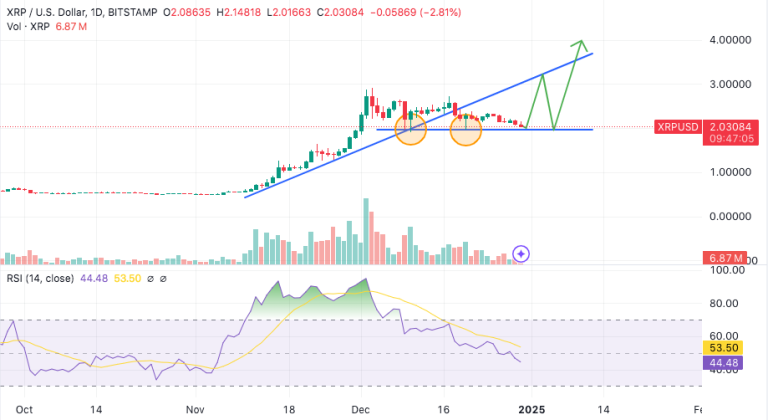Last updated:
 Why Trust Cryptonews
Why Trust Cryptonews

Web3 startup accelerator Cronos Labs has announced the alpha mainnet launch of Cronos zkEVM, a Layer-2 blockchain on top of Ethereum (ETH), on ZKsync Elastic Chain.
According to the company’s August 15 press release, Cronos zkEVM is the first chain to go live using the ZKsync tech stack, along with the Era chain.
🎉 Cronos zkEVM, the first Layer-2 ZK chain alongside @zksync Era, has officially launched “alpha” mainnet! This marks a monumental step in scaling Ethereum and the broader ZK chain ecosystems, bringing the most advanced DeFi dApps to the masses.
Pioneer Program Mainnet Missions… pic.twitter.com/1nXtaRF5HD
— Cronos (@cronos_chain) August 15, 2024
The launch is the result of a team effort led by Cronos Labs, with key contributions from Matter Labs (one of the contributors to ZKsync), Crypto.com, and a whole crew of decentralized finance (DeFi) and gaming partners. After months of development and a successful testnet phase with millions of transactions under its belt, Cronos zkEVM is now ready to step into the real world.
Expanding the Cronos Ecosystem: A Focus on DeFi and Gaming
Cronos zkEVM is designed to address the scalability challenges that have plagued blockchain networks, particularly Ethereum. By leveraging zero-knowledge (ZK) proofs, the chain aims to offer significantly faster transaction speeds, lower fees, and enhanced security compared to traditional blockchains.
Cronos zkEVM extends the reach of the established Cronos ecosystem, joining existing Cronos EVM and Cronos POS blockchains. Collectively, these networks manage $6 billion in user assets.

A key feature of Cronos zkEVM is the introduction of zkCRO as its native gas token. This departure from the Ethereum model of using ETH as gas is intended to provide more flexibility for users and developers. Additionally, the chain incorporates account abstraction, a technology that simplifies user interactions and enables a wider range of transaction types.
Joining Forces with ZKsync
Cronos zkEVM seamlessly integrates with the ZKsync Elastic Chain, a network of interconnected ZK rollups built on ZKsync technology. This collaboration aims to foster interoperability, allowing users to effortlessly transfer assets and interact with various applications across different ZK chains within the Elastic Chain ecosystem.
As part of the Elastic Chain, the new Cronos chain will also have access to the same native Ethereum bridge as ZKsync Era.
Ken Timsit, managing director at Cronos Labs, commented:
“Through the launch of Cronos zkEVM and our integration with ZKsync, we would like to help to realize the long term vision of Ethereum on a path towards infinite scalability and mainstream adoption.”
Additionally, Cronos zkEVM coexists with the existing Cronos infrastructure, which has already facilitated over 150 million transactions from a dedicated user base exceeding 1 million individuals.
Cronos zkEVM in Alpha Phase Until September
The launch follows a successful testnet phase that began in December 2023. During this period, Cronos zkEVM processed millions of transactions from a user base of more than 3 million unique addresses. This testnet phase served as the foundation for Cronos zkEVM’s transition to the mainnet environment.
The Cronos zkEVM will operate in an alpha phase through September 2024. According to Cronos Labs, during this time, engineers will closely monitor network performance and gather user feedback to optimize the platform.





